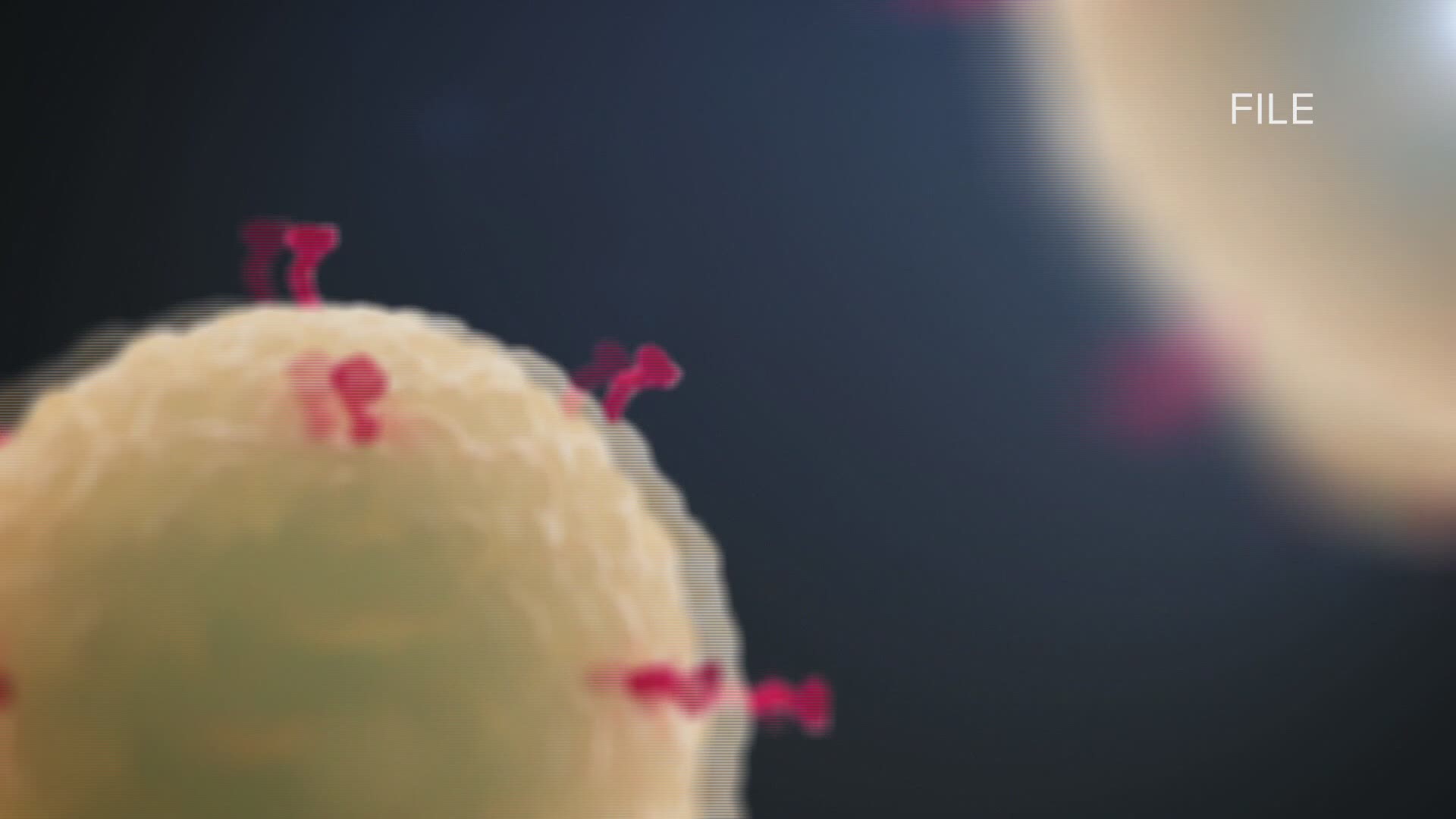NEW ORLEANS — When it comes to the scientific research on the coronavirus, one local doctor says it is moving forward at the speed of light.
And there is new information on what we know when it comes to how the virus is spread.
Not long ago, we showed you how the coronavirus survives for a month on surfaces in cold temperatures no matter the humidity, but in high heat and humidity only for hours.
Temperature 39.2 degrees
20% relative humidity survives on surfaces at least 28 days
50% relative humidity survives on surfaces at least 28 days
80% relative humidity survives on surfaces at least 28 days
Temperature 68 degrees
20% relative humidity survives on surfaces at least 28 days
50% relative humidity survives on surfaces 5-6 days, so only last on surfaces about ⅕ as long
80% relative humidity survives on surfaces between 10 or 14 days
Temperature 104 degrees
20% relative humidity survives on surfaces 120 hours = 5 days
50% relative humidity survives on surfaces 12-24 hours = ½-1 day
80% relative humidity survives on surfaces 6 hours = ¼ day
There’s new data coming out of the Tulane National Primate Research Center with Infectious disease expert Dr. Chad Roy about the coronavirus living in the air.
"This is a remarkable hardy virus. Our studies in controlled environments showed that this virus can hang out in aerosol suspensions for more than 12 hours, which is a little sobering when you think about it," Roy said.
While scientists are learning that hand washing is still very important, the more likely way to get infected is by not wearing masks and goggles and taking in someone else’s droplets after he or she, talks, sings, breathes, coughs or sneezes near you.
"That’s different than what we had kind of originally understood about this virus and how this is developing," Roy said.
And Dr. Roy says more new science shows this coronavirus is very susceptible to ultraviolet radiation, like from sunlight.
Roy said there probably is a lower probability of infection in a very sunny area.
And since this is a critical time as the nation begins to reopen, keep in mind many people never show signs of carrying the coronavirus.
"The best medicine for that is to wear your mask and to do the distancing as best as you can," the doctor said.
And another study out of UC Santa Barbara is finding that this coronavirus may be able to travel nearly 20 feet when the air is cold and humid. That is like our weather here in New Orleans around October.
RELATED: Mother who gave birth while on ventilator gets to see baby for the first time, 10 weeks later
RELATED: Will reopening cause a second spike in COVID-19 cases? Louisiana's rate of infection increasing
► Get breaking news from your neighborhood delivered directly to you by downloading the new FREE WWL-TV News app now in the IOS App Store or Google Play.

